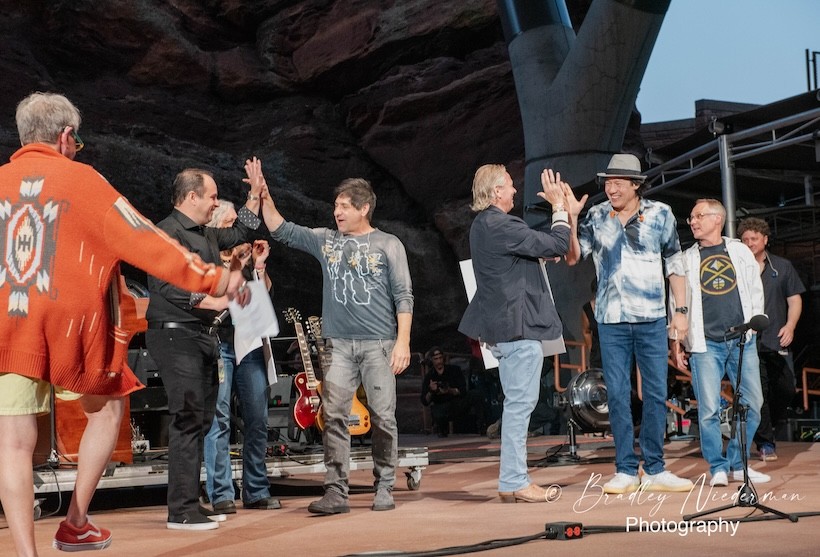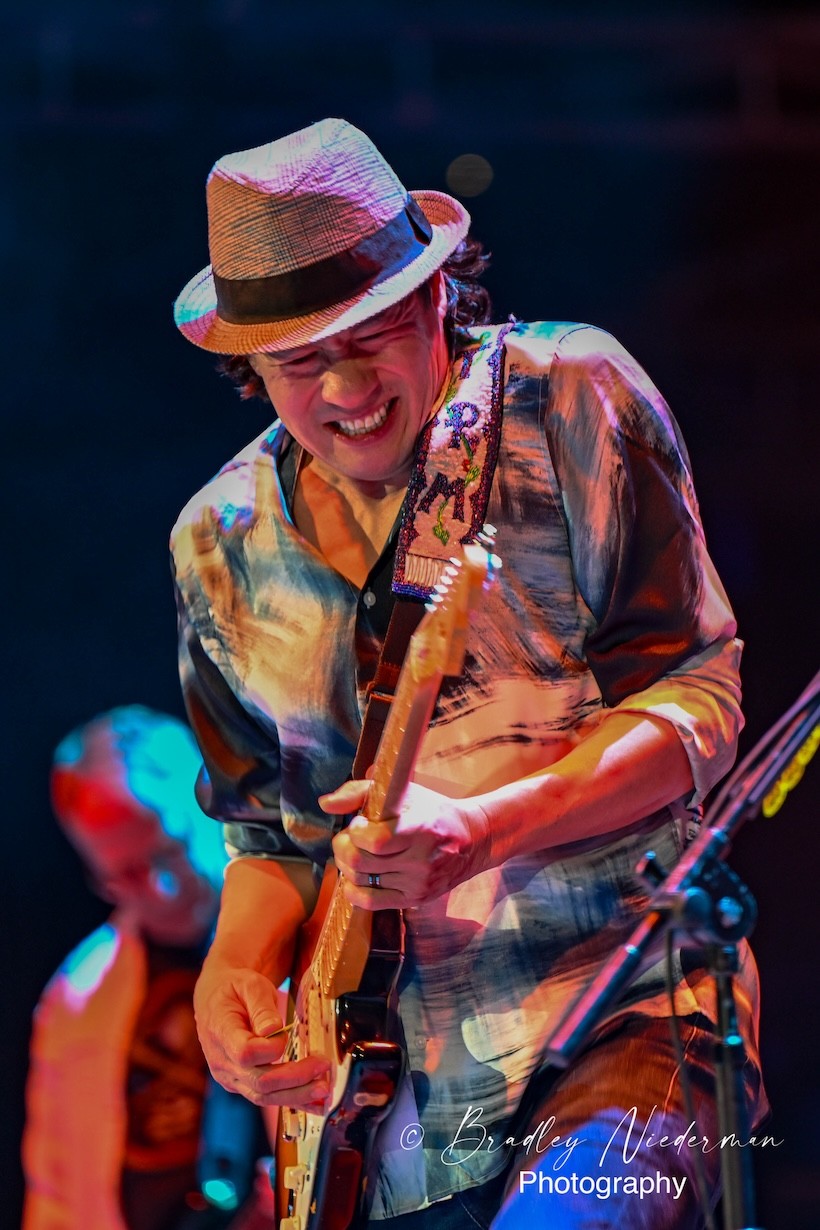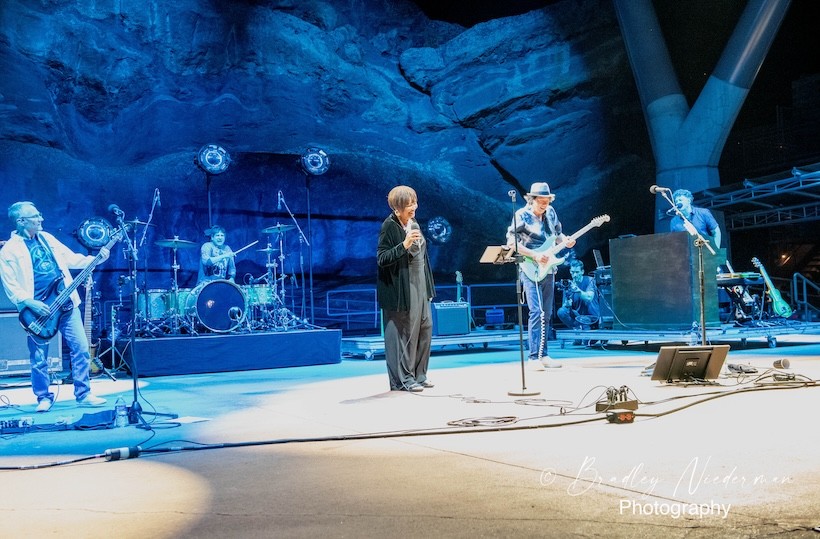The popularity of 1989’s Another Mayberry and 1990’s Midnight Radio,
issued independently on the Monsters’ own Big imprint, got the attention of Giant Records, a subsidiary of Warner Bros. operated under the auspices of legendary Eagles former manager Irving Azoff. The company spared no expense to make Big Head Todd even bigger, arranging for the Monsters to record at Paisley Park Studios with Prince associate David Z. The investment paid off with 1993’s Sister Sweetly, the group’s Giant debut. The album went platinum, and tracks such as “Bittersweet, “It’s Alright” and “Broken Hearted Savior” became rock-radio staples.
The group followed up Sister Sweetly with two more well-received offerings for Giant and Revolution Records, a sibling firm: 1994’s Stratagem and 1997’s Beautiful World. But it was Live Monsters, an aptly titled concert recording released in 1998, that most proved most prescient. Thanks to near-constant touring, Mohr, Squires and Nevin had transformed themselves into a performance juggernaut capable of lifting their songs to the next level every time they took the stage.





